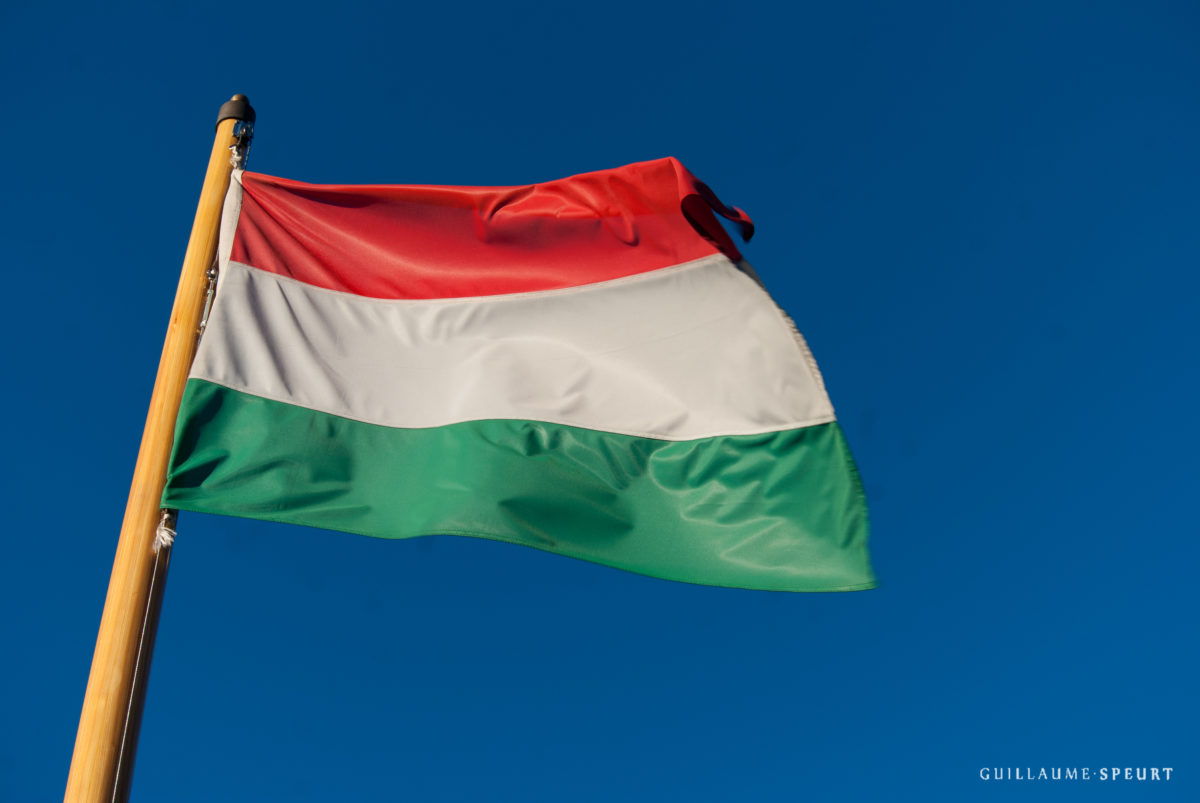The Hungarian government has amended the Decree 389/2007 for the development of renewable energies to grant a 1-year grace period to all PV projects approved under the FIT scheme for solar (KÁT), which was closed in mid-2016.
According to information provided to pv magazine by László Szabo, a senior researcher at the Regional Centre for Energy Policy Research (REKK, Hungary), the new deadline to complete projects under the FIT scheme is now the end of 2018. All approved projects, which according to Szabo have a combined capacity of around 2 GW, may be granted a FIT with an average rate of HUF 31 ($0.10) per kWh for a 12-15 year period by local utility Mavir.
The projects that will be connected to the grid in 2018 with delay (beyond 2017), however, will see the length of the support period reduced by 10%, Szabo added. A portion of these projects may have already achieved completion, although there are no official numbers yet on the deployed capacity.
Under the FIT scheme, PV projects with a capacity between 50 kW and 500 kW are entitled to be approved through a simplified licensing process, while PV projects over 500 kW have to go through a full authorization process.
Szabo also claims that in Hungary there are not enough qualified installers available within a short period of time to complete all approved projects. Furthermore, Szabo said that cost of installation in Hungary is higher compared to more mature markets.
Popular content
According to official statistics, Hungary had 168.7 MW of grid connected PV capacity at the end of December 2015. According to estimates provided by Szabo, however, around another 100 MW came online in 2016. If the numbers for 2016 are confirmed, Hungary will have reached approximately 270 MW of installed PV as of the end of last year. In 2015, the newly installed power was around 100 MW, while in 2014 and 2013 new installations reached 36.9 MW and 18.8 MW, respectively.
Hungary still relies primarily on nuclear energy and power imports in order to satisfy its electricity demand. In 2014, only 35% of the country’s power demand was met by domestic power generation facilities. Furthermore, the Paks Nuclear Power Plant still accounts for over 50% of the total domestic production.
Hungary’s National Renewable Action Plan is aiming to cover 14.65% of the electricity demand with renewables by 2020.
This content is protected by copyright and may not be reused. If you want to cooperate with us and would like to reuse some of our content, please contact: editors@pv-magazine.com.



By submitting this form you agree to pv magazine using your data for the purposes of publishing your comment.
Your personal data will only be disclosed or otherwise transmitted to third parties for the purposes of spam filtering or if this is necessary for technical maintenance of the website. Any other transfer to third parties will not take place unless this is justified on the basis of applicable data protection regulations or if pv magazine is legally obliged to do so.
You may revoke this consent at any time with effect for the future, in which case your personal data will be deleted immediately. Otherwise, your data will be deleted if pv magazine has processed your request or the purpose of data storage is fulfilled.
Further information on data privacy can be found in our Data Protection Policy.